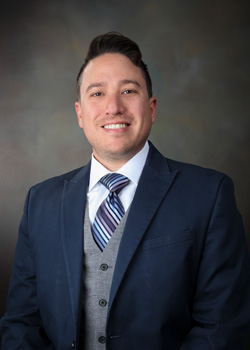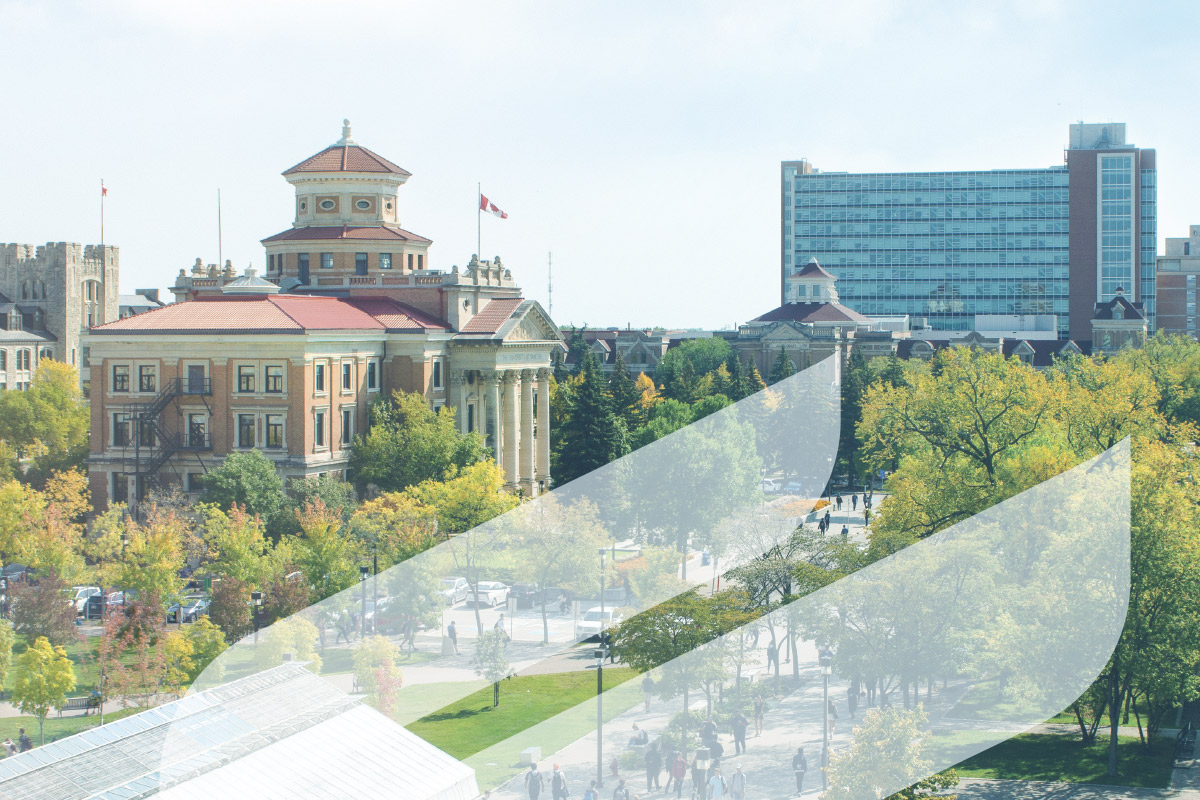Selected by a committee of his peers, Silva was cited for improving failure-rate predictions of aerospace flight systems as they reenter Earth’s atmosphere. The work helps direct engineers to attack the worst problems first for reentry rockets, spaceships and satellites.
Silva’s procedure, which he has dubbed “Tito’s full-circle analysis methodology,” uses computer modeling to determine the fewest number of computer simulations and physical experiments needed to get trusted data on a project.
“We were able to have high statistical confidence in our results. These were analogous to those achieved by researchers using many orders of magnitude more computational simulations and physical experiments,” Silva said. “Our method saves money and time.”
AIAA president Basil Hassan, who is also the deputy chief research officer at Sandia, said, “Tito’s work helps ensure the safety, security and reliability of the nuclear deterrent by helping to understand potential uncertainties in extreme thermal environments. The methodologies developed here could also be used for other entry and reentry-type applications that similarly concern engineers.”
Silva’s award will be presented in August at the AIAA Aerospace Spotlight Awards Gala, an annual event the organization describes as “recognizing the most influential and inspiring individuals in aerospace.”
Succeeding with failure
Silva credits his unusually varied background, which includes study in several engineering and science fields, for endowing him with a jack-of-all-trades outlook that connects with the deeper perspective of researchers who self-confine to particular research areas.
“Many scientists deep-dive into subfields,” he said. “My bread-and-butter is that I bring a different perspective. Technical experts fill in my knowledge gaps, and I fill in ones they haven’t thought of.” He describes himself as an “inside consultant,” bridging subcategories in computer science, project management, and aerospace, mechanical, chemical and electrical engineering.
Acting as a catalyst in a variety of fields doesn’t blur his research focus, which is thermal science — “pretty much the jell for all the work I’ve done,” he said.
His teams feed data from modeling and physical experiments — limited in number to keep costs down — into computer models expected to simulate the actual effects. Results from the models are then used in experiments to see how derived data matches that from physically harvested data.
The work often shows considerable overlap between theory-based and experimental graphs, which lends weight to Silva’s failure-rate predictions.
Super-sleuthing the cosmos
Working from an Earth-bound lab, Silva doesn’t minimize the difficulty of determining events in outer space. The sleuth-like deductions are similar, he says, “to determining why an iPhone thermally or electrically fails in a box, if the box is in a closet, the closet in a room, the room in a building, the building on a barge in the hold of an aircraft carrier …”
His first move is to simulate the environment, including the season of the year and time of day.
Then, there’s the equipment. “If the reentry body is made partly of stainless steel, we think we know its thermal conductivity. But there’s material variability from different factories, so we have uncertainty in how that affects our vehicle. So, we use a range of possible figures,” he said.
Solving questions about a particular system entering Earth’s atmosphere, subspecialists were needed to find the sweet spot between different forms of heat transfer. “So, we did a computational experiment on how to use all the test equipment most frugally. We needed to determine the optimum amount of experiments and computer simulations, so we weren’t running, say, 5 million computer simulations and 5,000 experiments.”
Using these deliberately limited means, his team found a way to map the probability space of all possible outcomes. “Then we found a condition with our model that stressed the system. We used that in the computer domain and then again in the experimental domain in an iterative fashion. That gave us our result.”
Said Darcie Farrow, a former systems engineer overseeing nuclear weapon sustainment, “The multiple technical advances initiated by Tito are improving nuclear safety assessments as well as aerodynamic models for a wide range of flight systems.”
Silva also has initiated collaborations with Los Alamos National Laboratory resulting in nuclear weapon system models that capture the response of both labs’ components in fire environments for the first time, she said.
A peaceful past and stimulating future
Belying the future complexity of his work, Silva grew up in the visually simple farming country around El Paso, Texas. There were no big buildings; he could see for miles.
The open fields contributed to his interest in outer space, he says: “It’s easy to dream about the stars, growing up with only cotton fields in your backyard.”
But his life grew more complicated when he left astrophysics as he started graduate school: “At the time, there was too much uncertainty in [astrophysics],” he said. “You couldn’t experimentally prove that there is such a thing as black hole — or, at least, back then there wasn’t any experimental or tangible proof as there is now.”
The space shuttle Columbia disaster in early February 2003 got him back into studying space — specifically, aerospace engineering — to finish his graduate school education. Silva said he “saw it in real time across the sky” as he was driving across Texas.
The emotional impact of the sight, reinforced by Texas radio stations’ repeated playing of Stevie Ray Vaughan’s song “The Sky is Crying,” created a memory that he feels forged his future path.
“I knew then,” he said, “that I wanted to apply uncertainty quantification to safety-driven problems and that aerospace engineering was a perfect field for that application. It was like a homecoming for me … coming back to what I always loved.”
The earlier disaster of the space shuttle Challenger was Silva’s initial propellant into thoughts of aerospace. “The memory of watching that disaster — also in real time with my principal and my classmates while in school — left a huge impression on me as a young boy.”
He maintains his interest in a number of academic fields in which he still takes classes and teaches to this day, he said.
But in Silva’s life, he said, “It’s clear that aerospace tragedies have had their way with my destiny.”
Sandia National Laboratories is a multimission laboratory operated by National Technology and Engineering Solutions of Sandia LLC, a wholly owned subsidiary of Honeywell International Inc., for the U.S. Department of Energy’s National Nuclear Security Administration. Sandia Labs has major research and development responsibilities in nuclear deterrence, global security, defense, energy technologies and economic competitiveness, with main facilities in Albuquerque, New Mexico, and Livermore, California.



